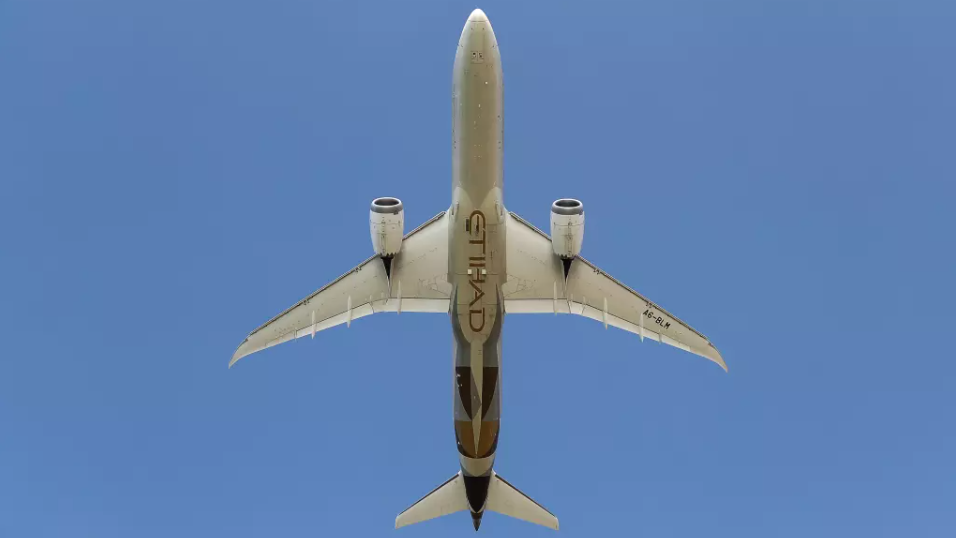Latest COVID-19 spike quashes Japan's domestic air travel rebound
Japan is the latest market to illustrate the new reality of the airline industry; that capacity and traffic levels move in inverse relationship to the number of new COVID-19 cases.
From Japan being one of the countries with most success in combatting the pandemic last year, a new surge in infections is threatening to wipe out much of the local airline industry's hard-won gains.
The latest spike in cases in Japan has prompted the government to declare a state of emergency for the second time since the coronavirus first emerged. This has caused the two major airlines to scale back their domestic schedules in January and February.
Such moves are causing further pain to the country's tourist industry, which is already hurting from the lack of international travellers. It is also exacerbating concerns about whether the Olympic Games will be held in Tokyo in Jul-2021, as scheduled.
Japan is far from being the only Asia-Pacific market that has had a promising rebound derailed by a new flare-up of COVID cases.
Australia, for example, was finally benefitting from a substantial recovery in domestic capacity in the fourth quarter, but capacity plans have been cut back due to a surge that has resulted in more state border closures. Some of the most successful countries in restoring domestic travel, such as Vietnam and China, have also had temporary setbacks due to spikes.
The question now for Japan will be how long it takes to get the latest resurgence under control.
TO READ ON, VISIT: Latest COVID-19 spike quashes Japan's domestic air travel rebound
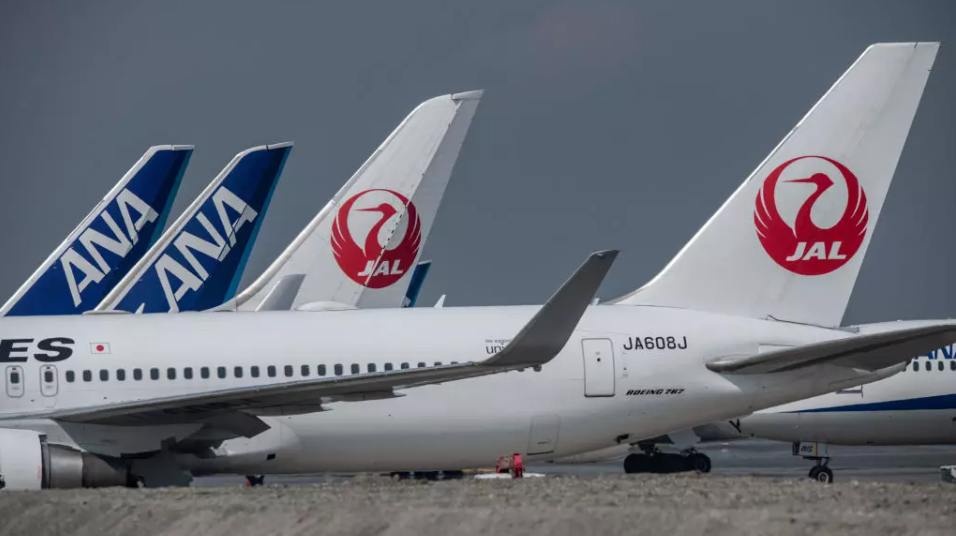
The Hiccup Effect: Australia points 2021 direction for international aviation
Australia's leading health official on 18-Jan-2021 announced his belief that national border restrictions on international travel were likely to remain in place for the duration of 2021.
On 17- and 18-Jan-2021, Australia recorded no new locally acquired cases of coronavirus, the first time in many months, with constant monitoring and tracing.
Meanwhile, China is constantly recalibrating its inbound air services as coronavirus cases occur.
TO READ ON, VISIT: The Hiccup Effect: Australia points 2021 direction for international aviation

Allegiant Air has a robust arsenal for 2021
Allegiant Air is joining other ultra low cost and low cost operators in concluding that it has certain advantages in recovering from the COVID 19 pandemic - a focus on leisure passengers and a favourable cost structure.
Additionally, Allegiant believes its balance sheet is well fortified as 2021 gets under way, and does not see any major competitive shifts in the market it serves. And where it does face competition, Allegiant believes its pricing structure will emerge as a critical advantage. Additionally, the airline is aiming to take advantage of favourable conditions to source used aircraft, but on its own terms.
But despite that edge, Allegiant realises that a full recovery from the COVID-19 crisis will take years, and the airline remains focused on building up its strengths as the industry works to determine how it will continue to navigate the crisis during 2021.
TO READ ON, VISIT: Allegiant Air has a robust arsenal for 2021
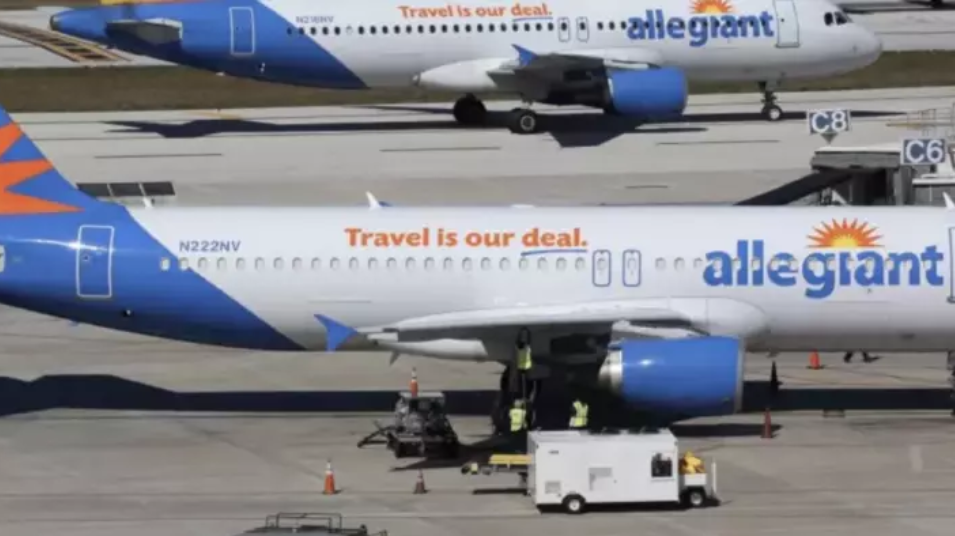
Spring Airlines' growth surges in China's reopened domestic market
China's most successful LCC, Spring Airlines, showed a whopping 45.3% y-o-y domestic passenger growth in the month of Dec-2020. By Oct-2020, Spring had added 60 new routes during the year.
For the month of Dec-2020, the airline's domestic cargo volume (tonnes uplifted) increased by an even larger, 73% y-o-y.
International passenger numbers however slipped to a trickle, as China's quarantine restrictions made short haul discretionary flying difficult.
TO READ ON, VISIT: Spring Airlines' growth surges in China's reopened domestic market

Azul Brazilian Airlines uses a range of tools in crisis
At the CAPA Live Jan-2021 conference, Brazilian LCC Azul's chief revenue officer Abhi Shah talked to CAPA about the outlook for the airline. The airline's domestic capacity is only down 4% y-o-y.
Brazil's Azul has used what it deems to be its inherent unique advantages - a flexible fleet and unassailable network - to navigate the COVID-19 pandemic.
But the company has also embraced outside-the-box thinking in order to ensure it remains competitive once a full recovery is under way.
Azul will continue to use all of those elements as it works its way out of the COVID-19 crisis, and the airline remains confident in its longer term view that Brazil's growth potential remains firmly intact.
TO READ ON, VISIT: Azul Brazilian Airlines uses a range of tools in crisis
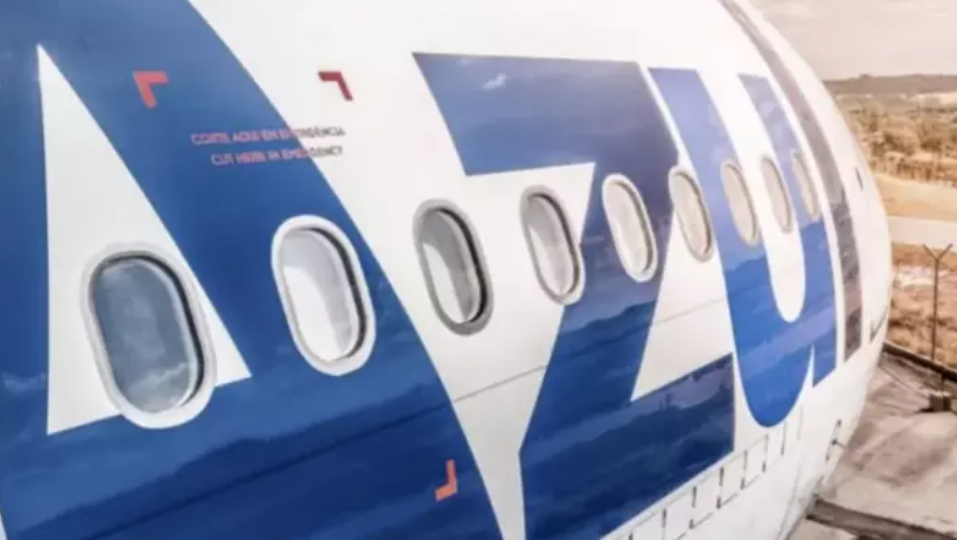
European airline capacity falls the most since first wave of COVID-19
Europe's airlines are operating 2.3 million fewer seats in the week of 11-Jan-2021 compared with the previous week, which is a decline of 22.6%. This is the biggest week-on-week percentage fall since the first wave of the COVID-19 pandemic in Jun-2020.
Europe's capacity this week is down by 70.9% from 2019 levels (the last full year before the crisis. This is easily the biggest fall of all world regions. Middle East capacity is down by 56.6%, Africa by 47.6%, North America by 46.9%, Latin America by 39.8%, and Asia Pacific by 36.7%.
For all regions, apart from the Middle East, these rates are worse than last week. COVID case numbers are rising again in Europe and in much of the rest of the world. Concerns over new strains of the virus are also increasing. Lockdown/travel restrictions have tightened and airlines are scaling back capacity plans.
Until vaccination programmes are more widely available and taken up (and shown to be effective), it seems likely that Europe's airline capacity may slide further.
TO READ ON, VISIT: European airline capacity falls the most since first wave of COVID-19
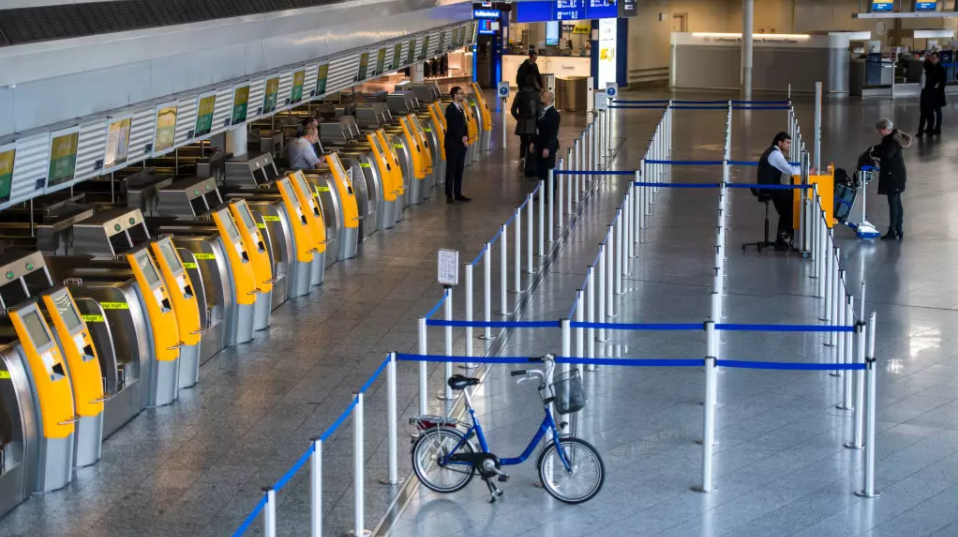
Cargo demand & supply: Qatar Airways reinforces global #1 position
Airlines have responded differently to the way that the pandemic has affected the demand for goods, to the changing nature of those goods, and the way that they are supplied. Several of them have risen to the challenge to a greater degree than others.
One of them is Qatar Airways, which was already the second largest cargo carrier by FTKs (2019). By being one of the first movers in converting passenger aircraft for full freighter operations and seeking out new markets, Qatar Airways has risen to be the leading airline in the world for cargo payload, with almost 10% of the total volume.
The following short report includes extracts from an interview with the company's GCEO on CAPA Live and data from CAPA's profiles on the airline.
TO READ ON, VISIT: Cargo demand & supply: Qatar Airways reinforces global #1 position
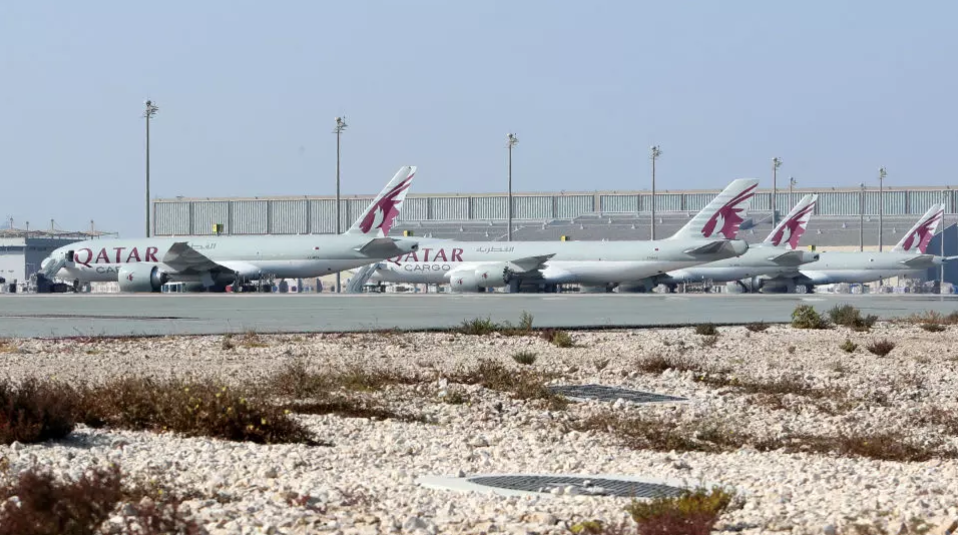
CAPA Live Transcripts: AirAsia.com digital transformation
Talking at the CAPA Live on 13-Jan-2021, AirAsia.com CEO Karen Chan spoke with CAPA's chairman emeritus Peter Harbison.
AirAsia is taking the opportunity of the coronavirus setback to diversify and prepare a substantial new line of business over the next few years. Its target is to achieve 50% of revenues from non-flying activities by the end of 2024.
AirAsia.com will become the fastest growing ASEAN super app - and the only OTA backed by an airline.
The website can leverage unsold seats and can control the pricing of every single segment and route, 365 days out.
Partnerships are being formed with full service airlines as well as Ctrip, kiwi.com and more.
E-commerce is an increasing focus, with the airline reskilling staff and taking advantage of their existing customers.
TO READ ON, VISIT: CAPA Live Transcripts: AirAsia.com digital transformation

Airport privatisation 2020 report and prospects for 2021 - Part 2
The first part of this report contained an overview of the limited airport privatisation activity during 2020 in Asia Pacific and Europe. This second part looks at the Americas, the Middle East and West Asia, and Africa.
In North America the airport privatisation momentum has dried up again, while in Latin America the Brazilian concessions are up to their seventh tranche and counting, but with few really attractive airports remaining for international investors.
In the Middle East and West Asia transactions on small airports remain the norm in Russia while in several of the 'stans' governments are seeking to attract foreign investors mysteriously to help them achieve some sort of international hub status for their airports. Meanwhile, Qatar Airways has established itself as potentially an ambitious investor in Russia…
From there to Africa, a continent which still cannot attract any real interest in its airports from outside the region, and isn't likely to while the prevarication which exists in Nigeria continues.
TO READ ON, VISIT: Airport privatisation 2020 report and prospects for 2021 - Part 2

SPECIAL REPORTS: Aviation Sustainability and the Environment
This regular weekly CAPA report features a summary of recent aviation sustainability and environment news, selected from the 300+ news alerts published daily by CAPA. This week's issue includes: Etihad Airways expands carbon offset programme in partnership with Shell & CarbonClick; China Eastern Airlines saves 600,000 tons of fuel and reduces 2m tons carbon in 2016-2020; Hainan Airlines saves 560,000 tons of fuel since 2008; Hobart Airport diverts 1 tonne of coffee grounds from landfill; Aviation sector and NGOs agree on sustainability of future fuels in Europe.
TO READ ON, VISIT: SPECIAL REPORTS: Aviation Sustainability and the Environment
